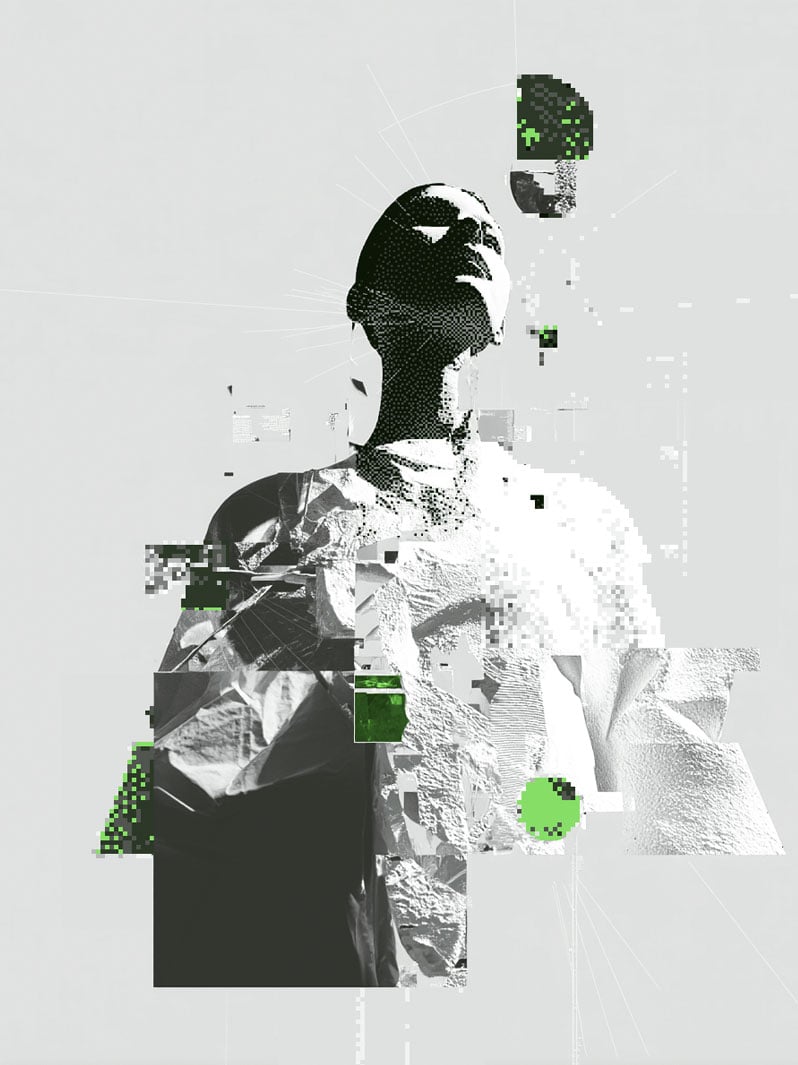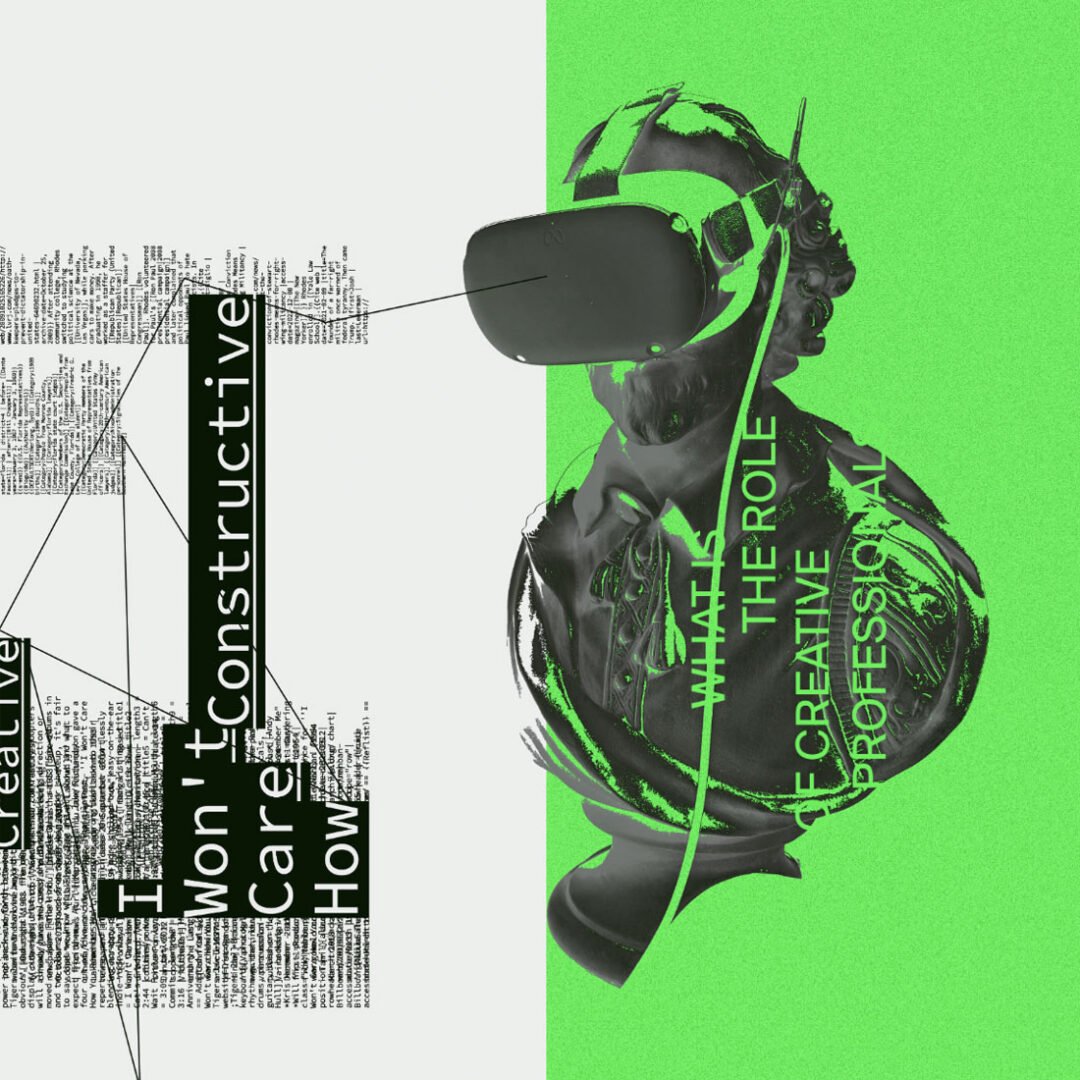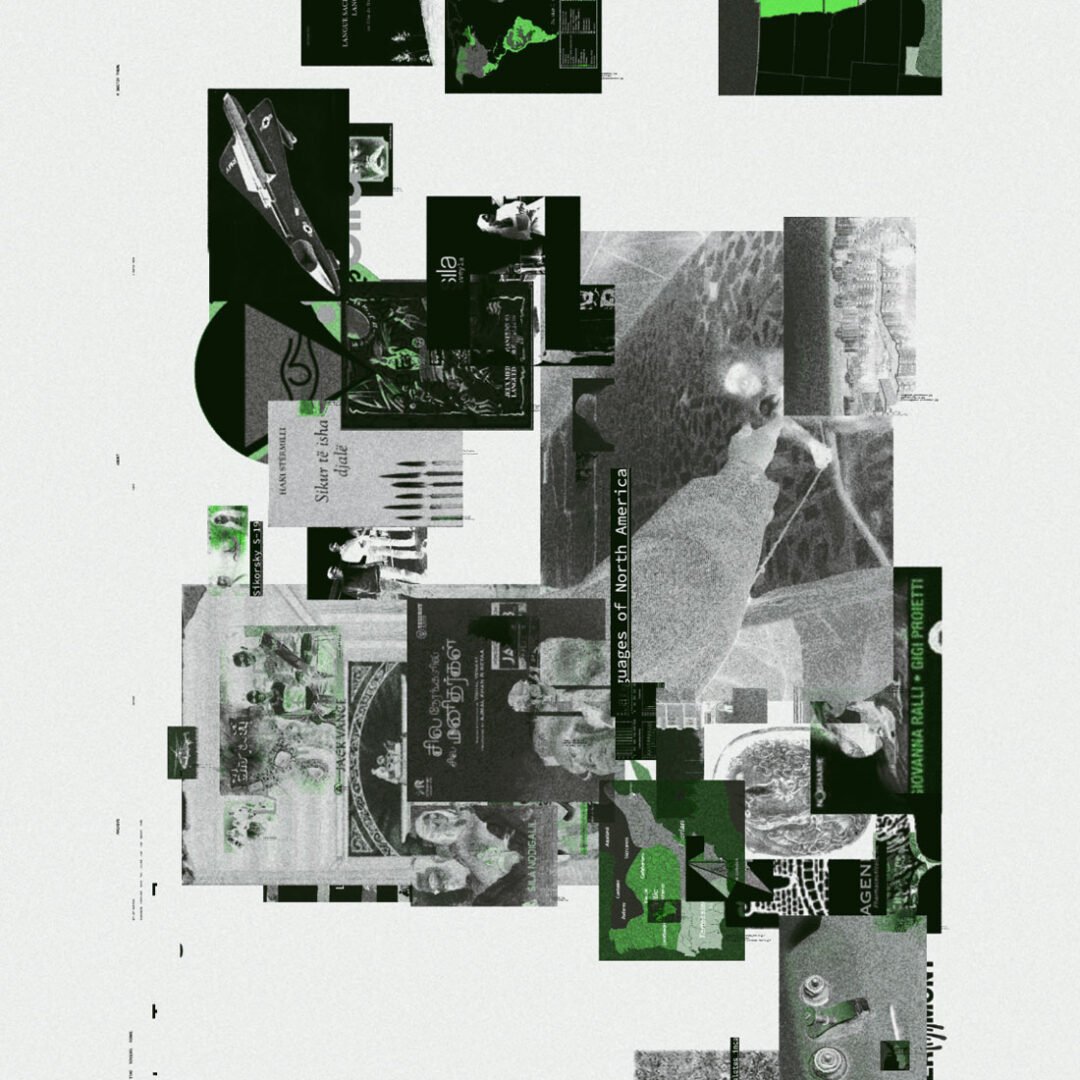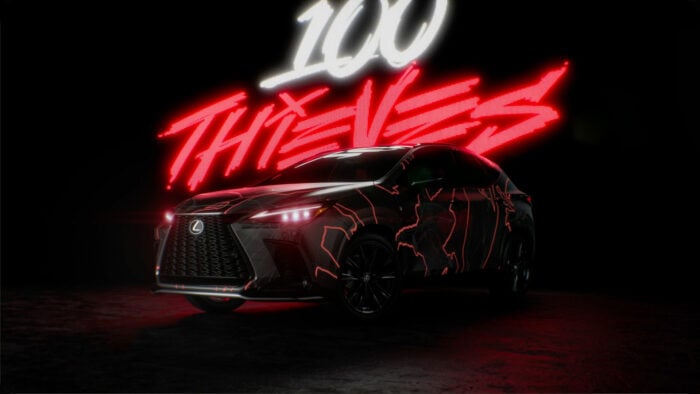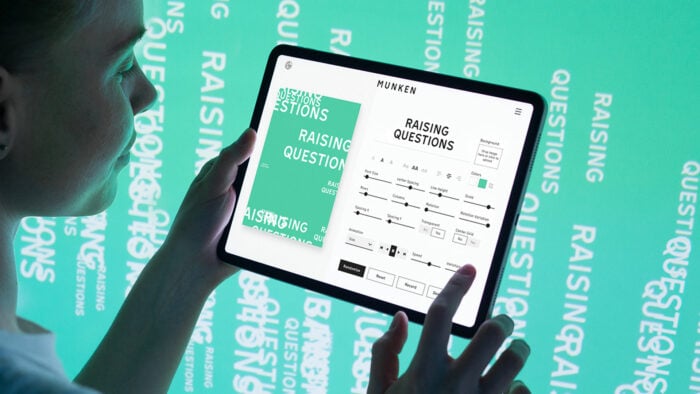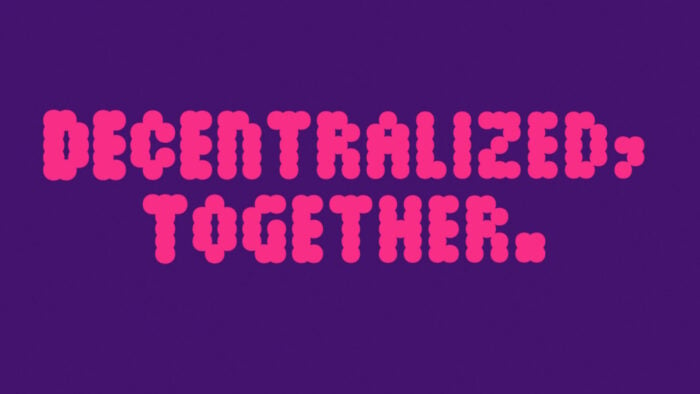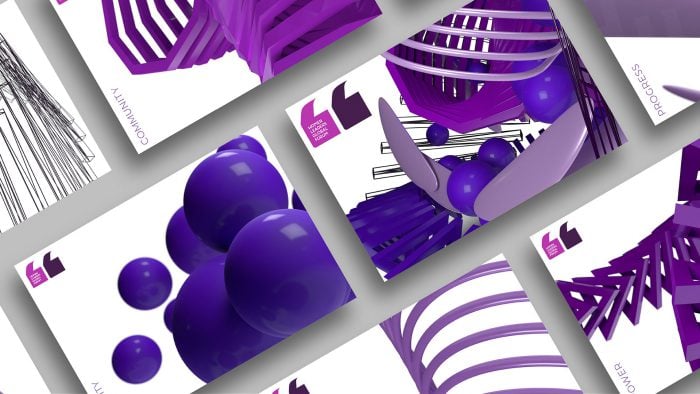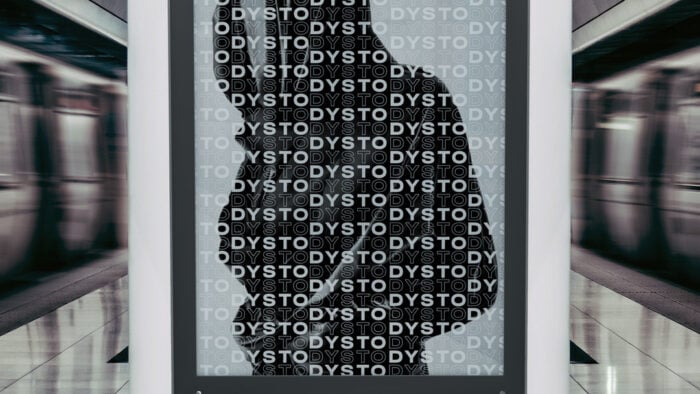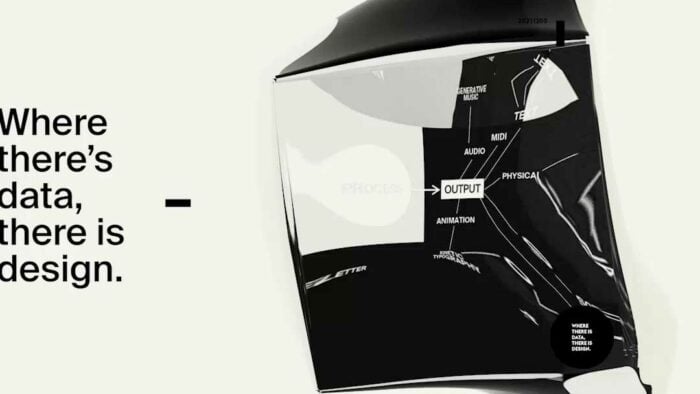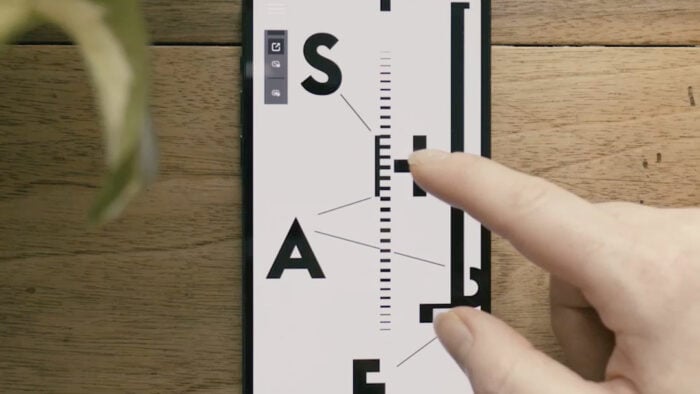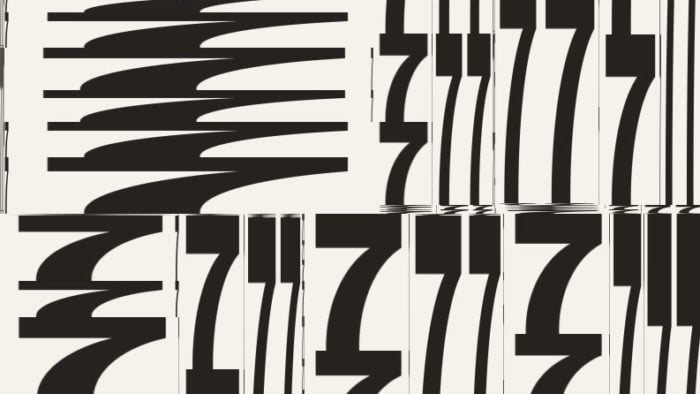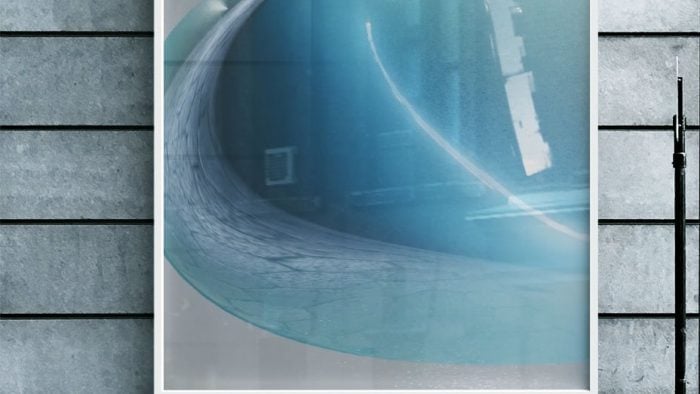What is Autonomy?
Data-Design Dictionary
A dictionary to illuminate data-driven generative design and creative coding.
In every data-driven process, an idea is transformed into form with the help of a program. It is the defining characteristic of generative design that the specific forms and symbols are generated by a (semi-)autonomous process. In this way, the form can be created automatically, detached from the original designers of the program. The program acts (semi-)autonomously from the creator, who guides the shaping by the program, but does not completely determine it. Adding the element of autonomy to the shaping by the machine creates new possibilities for how content can be conceived, implemented, and executed.
By abstracting an original idea, writing it down as a set of rules and implementing those in a program, a developer automates the design process and gives a generative system a certain degree of independence.
Hover over elements to learn more. Click-and-drag elements to move them around.
This means that in our understanding of co-creation with the machine, the idea must be so clearly defined by rules that it can be transformed into form independently of specific actors in the course of a (semi-)autonomous process. In the context of the partnership between man and machine, the concept of autonomy is of central importance. Adding the element of autonomy to machine-based design processes creates new possibilities for how content can be conceived, implemented and executed. From the automation of manual activities in the design profession – and the associated acceleration of entire work processes – to ‘innovation’ through the inclusion of the machine as a central decision-making body: autonomy has the potential to break down previous boundaries and find new forms and modes of expression.
Relevant quotes
about Autonomy
“Generative art refers to any art practice in which the artist uses a system, such as a set of natural language rules, a computer program, a machine, or other procedural invention, that is set into motion with some degree of autonomy, thereby contributing to or resulting in a completed work of art.”[1]
“More practically, if an artist creates a system and then hands it off to an artisan for use in laying tiles, how different is that from using a generative art robot? And how different is that from the artist choosing to do it himself? What is key is that a system is applied with some degree of autonomy, whether or not the construction happens by hand.“[3]
“Generative art uses a computer as an enabling technology. The work is generated by a computer program, but is not fully autonomous. The computer is guided to create the work using detailed instructions from the artist, who either writes the program or at least creates the method (algorithm) for the creation of the work.”[2]
